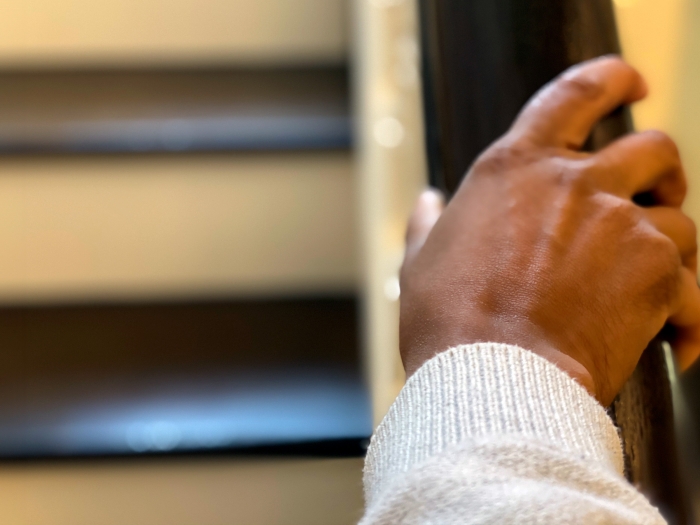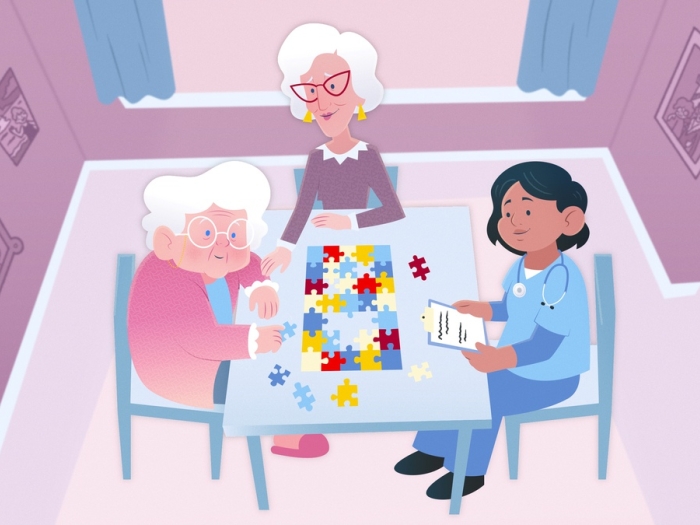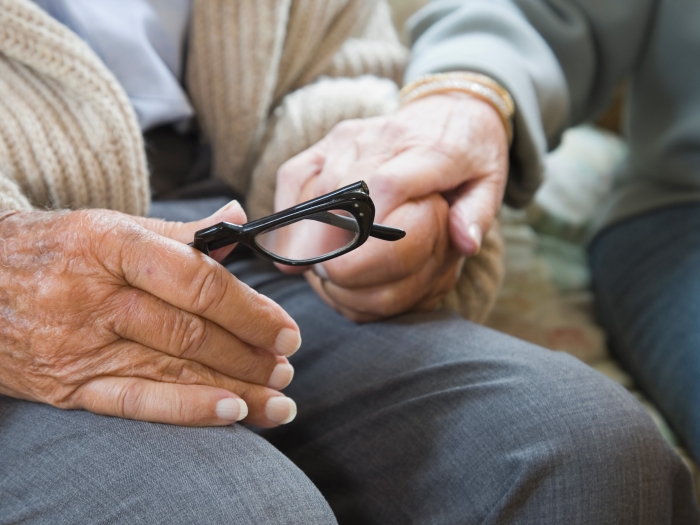A new position statement issued by a global expert panel, and supported by the National Strength and Conditioning Association, highlights the importance of resistance training for older adults to empower healthy aging.
11:35 AM
Author |

For many older adults, resistance training may not be part of their daily routine, but a new position statement suggests it is vital to improving their health and longevity.
"When you poll people on if they want to live to 100 years old, few will respond with a 'yes'," says Maren Fragala, Ph.D., director of scientific affairs at Quest Diagnostics and lead author of the position statement.
"The reason mainly being that many people associate advanced age with physical and cognitive decline, loss of independence and poor quality of life," adds Mark Peterson, Ph.D., M.S., FACSM, an associate professor of physical medicine and rehabilitation at Michigan Medicine and one of the senior authors of the statement.
LISTEN UP: Add the new Michigan Medicine News Break to your Alexa-enabled device, or subscribe to our daily updates on iTunes, Google Play and Stitcher.
The position statement, published in the Journal of Strength and Conditioning Research, and supported by the National Strength and Conditioning Association, highlights the benefits of strength and resistance training in older adults for healthier aging.
Fragala explains that while aging does take a toll on the body, the statement provides evidence-based recommendations for successful resistance training, or exercise focused on building muscle endurance, programs for older adults.
"Aging, even in the absence of chronic disease, is associated with a variety of biological changes that can contribute to decreases in skeletal muscle mass, strength and function," Fragala says. "Such losses decrease physiologic resilience and increase vulnerability to catastrophic events."
She adds, "The exciting part about this position statement is that it provides evidence-based recommendations for resistance training in older adults to promote health and functional benefits, while preventing and minimizing fears."
Practical applications
The position statement provides 11 practical applications divided into four main components: program design variables, physiological adaptations, functional benefits, and considerations for frailty, sarcopenia and other chronic conditions.
We demonstrate in this position statement just how much resistance training can positively affect physical functioning, mobility, independence, chronic disease management, psychological wellbeing, quality of life and healthy life expectancy.Mark Peterson, Ph.D., M.S., FACSM
The applications include suggestions on training types and amounts of repetitions and intensities, patient groups that will need adaptations in training models, and how training programs can be adapted for older adults with disabilities or those residing in assisted living and skilled nursing facilities.
"Current research has demonstrated that resistance training is a powerful care model to combat loss of muscle strength and mass in the aging population," says Peterson, a member of the University of Michigan Institute for Healthcare Policy & Innovation and Michigan Center on the Demography of Aging.
"We demonstrate in this position statement just how much resistance training can positively affect physical functioning, mobility, independence, chronic disease management, psychological wellbeing, quality of life and healthy life expectancy. We also provide recommendations for how to optimize resistance training programs to ensure safety and effectiveness."
MORE FROM MICHIGAN: Sign up for our weekly newsletter
Fragala adds that the benefits of participating in resistance training as an older adult outweigh the risks.
"The coauthors of this paper and the hundreds of other prolific researchers whose work we synthesized in this position statement have found that in most cases, the vast benefits of resistance training largely outweigh the risks when training is properly implemented," Fragala says.
Empowering healthy aging
The authors are proud to have the support of the National Strength and Condition Association for the statement.
"Too few of older Americans participate in resistance training, largely because of fear, confusion and a lack of consensus to guide implementation," Peterson says. "By having this consensus statement supported by the National Strength and Condition Association, we hope it will have a positive impact on empowering healthier aging."
Paper cited: Fragala, Maren S., Peterson, Mark D., et al. "Resistance Training for Older Adults" The Journal of Strength and Conditioning Research. DOI: 10.1519/JSC.0000000000003230
The full list of authors for the position statement includes: Maren Fragala, Ph.D., Quest Diagnostics; Eduardo Cadore, Ph.D., Federal University of Rio Grande do Sul; Sandor Dorgo, Ph.D., University of Texas at El Paso; Mikel Izquierdo, Ph.D., Public University of Navarre; William Kraemer, Ph.D., The Ohio State University; Mark Peterson, Ph.D., M.S., CSCS*D, FACSM, University of Michigan, Michigan Medicine; Eric Ryan, Ph.D., University of North Carolina – Chapel Hill.

Explore a variety of healthcare news & stories by visiting the Health Lab home page for more articles.

Department of Communication at Michigan Medicine
Want top health & research news weekly? Sign up for Health Lab’s newsletters today!





